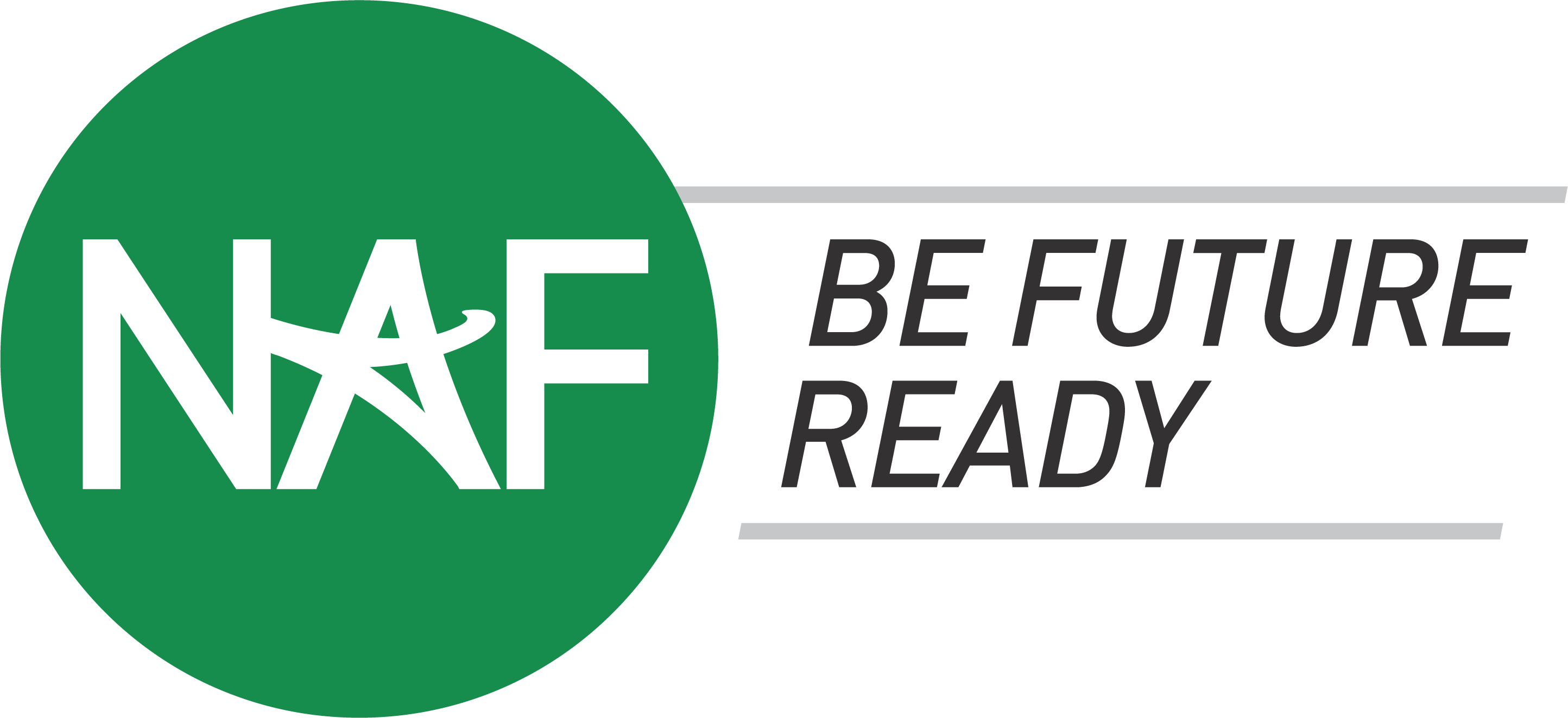Over thirty years ago, while building one of the largest financial services company in the world, Citi CEO Sandy Weill launched nonprofit National Academy Foundation (NAF) to boost high school graduation and career preparation. It has quietly grown to 667 career-focused high school academies serving 81,000 students in 38 states, including D.C. and the U.S. Virgin Islands.
Academies represent five career themes: Finance, Hospitality & Tourism, Information Technology, Engineering, and Health Sciences.
We called Andy Rothstein, VP Programs, to discuss work-based learning in emerging job clusters where employers are using complicated equipment and where new employees are expected to have a fairly sophisticated set of technical skills.
Rothstein said a lot of small companies and their high tech subcontractors are having trouble getting talent they need. The NAF response is to focus on college and career ready (#CCR) rather than training students for specific post high school jobs. For example, NAF engineering academies focus on IT and are more college ready than job ready.
In common. Network schools follow Career Academy National Standards of Practice but do not use a common curriculum or platform. NAF’s career pathways are powered by projects, which are developed as part of the NAF curriculum with guidance of the Buck Institute on project-based learning. There are 30 courses across the four career themes.
NAF has three dozen strategic relationships including content partners like Project Lead the Way, STEM Academy, and Paxton Patterson, advocacy groups including the Alliance for Excellent Education and Change the Equation, and think tanks like Jobs for the Future.
NAF collects data from every academy through a partnership with Graduation Alliance. The NAFTrack Certification measures college and career readiness by combining classroom and workplace learning to measure career and technical knowledge and skill proficiencies.
A New CCR Credential. NAF saw a gap between job-specific certification issued by companies and associations and broad measures of college readiness like the SAT test. Because about half of students change their areas of interest in or shortly after leaving school, NAF thought there should be better and broader measures of college and career readiness.
With a group of industry partners, NAF created a new credential that linked demonstrated readiness at work and at school. It considers a body of work not just the results of a test. To companies including JP Morgan Chase, Hewlett Packard, KPMG, EMC, Juniper Networks, Xerox, Cisco, AT&T, and Verizon, NAFTrack represents a body of transferable skills.
The new credential requires high school students to take rigorous academic coursework, have an intensive internship (i.e., 120 hours) in a business that reflects their career interests, participate in work-based learning activities, and pass industry-vetted assessments of their academic proficiency and career- based skill sets.
While design principles and support services have been the primary reason schools joined NAF for over 30 years, NAFTrack is likely to become a big reason schools join as it gains market acceptance.
Rothstein said NAF intends that NAFTrack will become part of a portable and stackable credentialing system adding (or aligning with) higher education and more advanced work-based learning measures along the way.
Work-based learning. Director of work-based learning Rich Tulikangas said NAF business partnerships promote a comprehensive set of activities 9-12: guests in classrooms, speakers, job shadows, mock interviewing, and paid internships. “The goal is a paid internship for 100% of students,” said Tulikangas. Internships usually take place the summer after the junior year but they may run during the school year as well.
Many employers are more geared toward internships for college students. Rich said convincing them to take high school students can be a challenge. Transportation logistics can be a challenge for students. Because NAF targets low income communities, schools often serve undocumented students–another internship challenge.
NAF academies conduct a sequence of activities preparing students for work settings and cultures. Corporate engagement specialists gleen business partner expectations and help train students.
Academies attempt to incorporate dual credit opportunities including work-based learning. College credit opportunities in healthcare can be the most challenging.
Work-based learning resources and tools are available in NAF’s WBL Center at workbasedlearning.naf.org.
Impact. Sandy Weill is the godfather of the career academy movement and an early leader in network-based new school development (a critical precursor to charter management organizations). His personal and financial support for NAF is one of the reasons that US graduation rates have dramatically improved in the last fifteen years.
It’s NAF’s stance that everyone has a role to play in creating better educated students and a well-trained workforce. More than 5,500 business professionals volunteer in classrooms, act as mentors, engage NAF students in paid internships, and serve on local advisory boards. Join the movement and help NAF prepare young people for college and career success.


